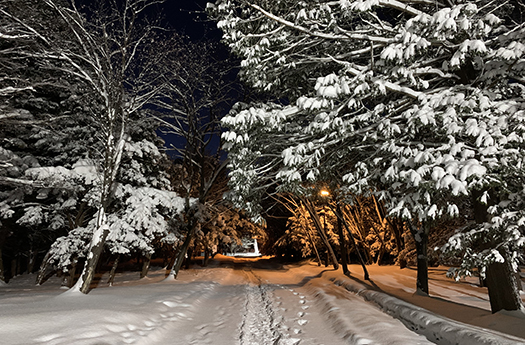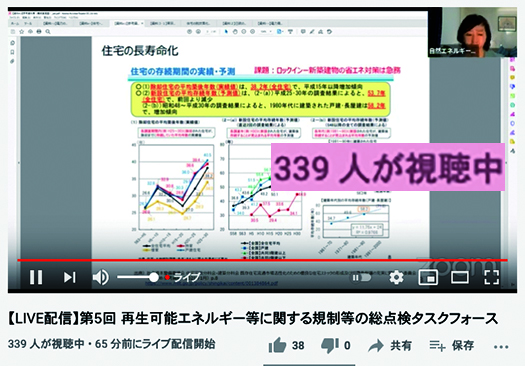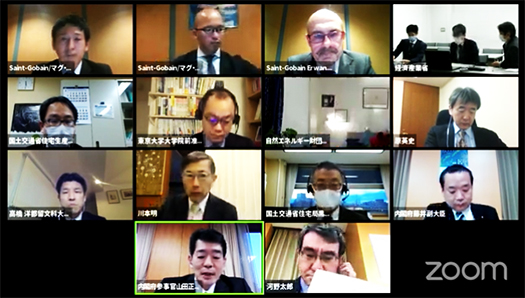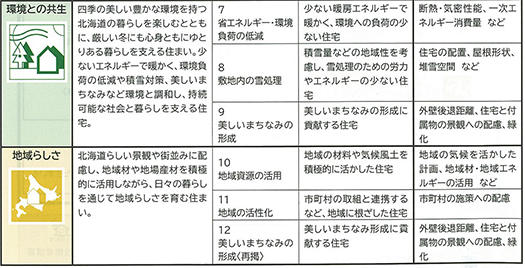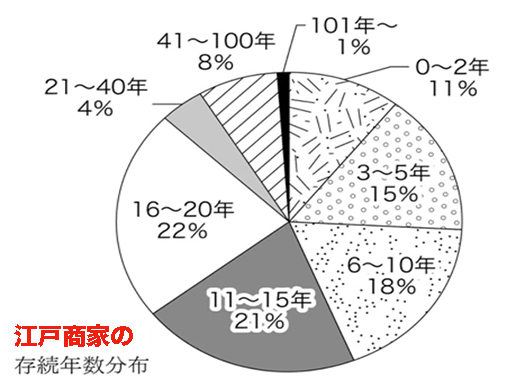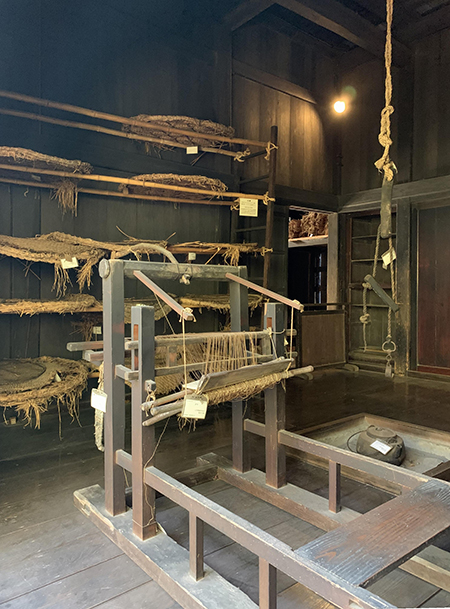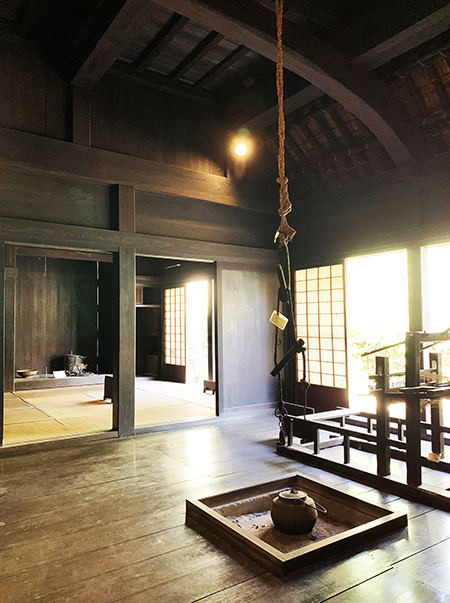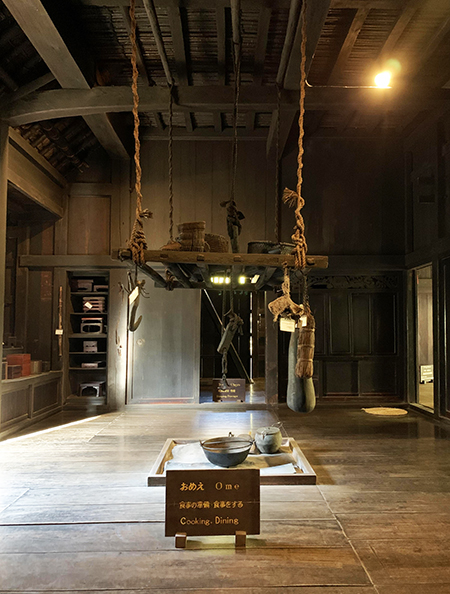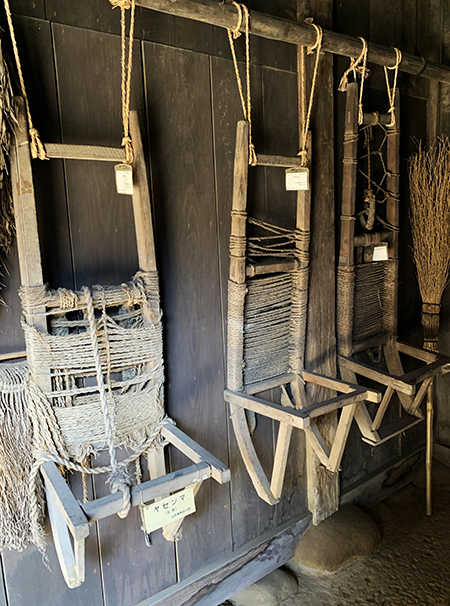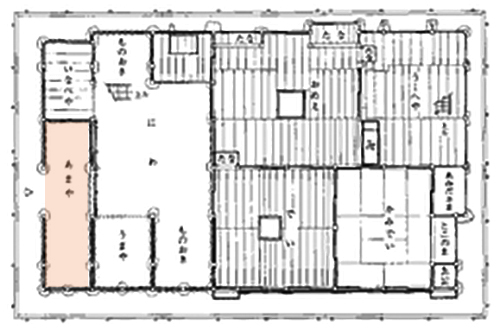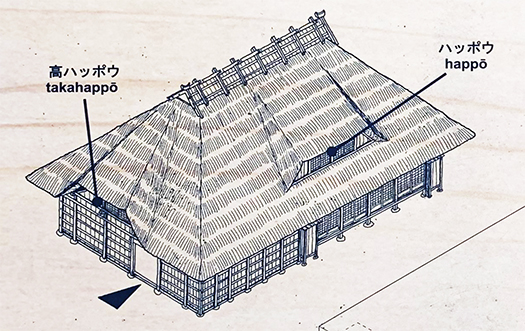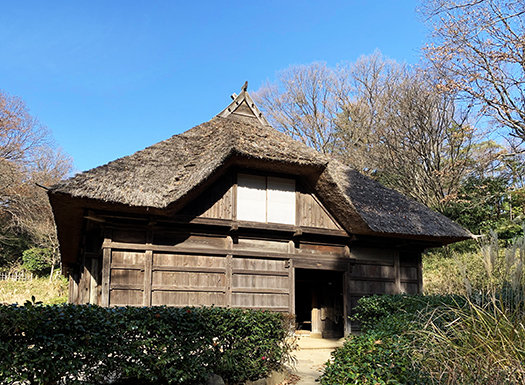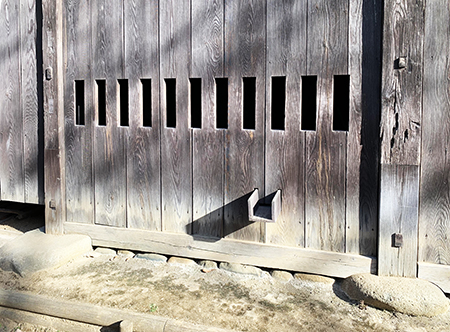
わが家の台所は混合栓で「泡沫蛇口」。
お恥ずかしい話ながら、この蛇口をなにげには見ていたけれど、
さわって確認したり、機能性をチェックしたりということはしたことがなかった。
もうかれこれ30年経過の設備機器。
うかつにもこういうことに鈍感でもなんとか済んできていたのですね。
この間、大きな増改築だけでも3回行ってきているし、
いまでもチョコチョコと手入れし続けてきているわが家なのに・・・。
まぁ一般的な住まい手は、多くはそうだろうと思います。
水道の蛇口というのは、水道管の径そのまま丸い形という常識は、
現代でははるかに遠い時代のものなのだと実感させられる。
進化すると言うことはそのまま、扱いが複雑化するというのが一般現象。
最近のモノは温水と水道水の「混合栓」でしかもより細かい水流になるように
「泡沫」状になるように工夫された口径になっている。
その部分を見てはいたけれど、これまで30年以上アタッチする必要性がなかった。
この蛇口に延長ホースを取り付けるという必要性がごく最近発生した。
ということで大きめのホームセンターに行って蛇口形状に合う
コネクタ類を探してみることにした。
幸い店舗スタッフの方がいたので、名称がわからない器具を
一生懸命に機能だけで説明して、そのありかを教えていただいた。
ホームセンターではこういう「なんでも相談」がスタッフに寄せられる。
店舗も大型化して、お客さんの意味不明の断片言語から翻訳コンニャクするのが
非常に困難だろうと思うのですが、ありがたくも理解して案内してくれた売り場。
・・・満館全席状態であります(泣)。
それらしき売り場にはなんと、数十種類のコネクタ類が展示販売されている。
で、家に残っていたカミさんにケータイで連絡して写真を送ってもらうように依頼。
このあたりIT時代を生き残る絶滅危惧・昭和中期人間の時代適合。
そういうコミュニケーションツールが頼れる「最適解」への道であります。
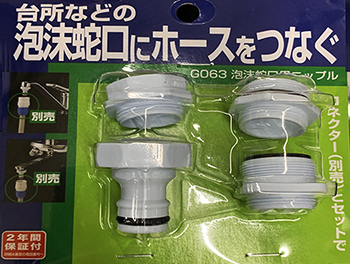
「あのさ、台所の蛇口の先端の写真、送って」
「・・・送ったよ」
「おお、まちがいなくこれは泡沫タイプですね。」
「あ、クリナップなんですが・・・」
「メーカーはあんま関係なくて要は「径」の大きさなんですね」
ということで、いくつかの口径へのアジャスターのついたコネクタを購入。
そこから先のゴムホースとコネクタはプラスチック製品でこれは馴染みがある。
という往復1時間ほどの買い物から帰ってきて、取り付け作業。
蛇口の泡沫端末をクルクルと回して取り外し、
そこにくだんのコネクタを回して嵌め込む。一般的サイズだったようで一発。
それにゴムホース側のコネクタも装置させてドッキング。
無事、ゴムホース先端で混合栓からの湯水が噴出させられました。
通常使用の泡沫口とこのプラ製口を交換しながら使うことになります。
ホッとひと安心。まだまだ若いモンには負けない、というのは大袈裟すぎか(笑)。
English version⬇
[Housing HowTo / Mixing tap Foam faucet with extension hose]
The kitchen of my house is a “foam faucet” with a mixing tap.
I was embarrassed to see this faucet, but
I had never touched it to check it or check its functionality.
Equipment that has been around for 30 years.
You’ve managed to get rid of this kind of insensitivity.
During this time, I’ve been doing three major expansions and renovations,
Even though it’s my home that I’m still taking care of with chocolate.
Well, I think that many ordinary residents will.
The common sense that a water faucet is a round shape with the diameter of the water pipe is
It makes me realize that it is a far distant era in modern times.
It is a general phenomenon that handling becomes complicated as it is said to evolve.
Recent things are “mixing taps” of hot water and tap water so that the water flow becomes finer.
The caliber is devised so that it looks like a “foam”.
I’ve seen that part, but I haven’t had to attach it for more than 30 years.
The need to attach an extension hose to this faucet has only recently arisen.
So I went to a large home improvement store and it fits the faucet shape
I decided to look for connectors.
Fortunately, there was a store staff member, so I bought a device that I didn’t know the name of.
I tried my best to explain only the functions and let me know where they are.
At the home center, such “anything consultation” is sent to the staff.
The store is also getting bigger, and it is better to translate from a fragmentary language that the customer does not understand.
I think it will be very difficult, but thankfully the sales floor understood and guided me.
・ ・ ・ All seats are full (crying).
Dozens of types of connectors are on display and sold at those sales floors.
So, I asked Kami, who was left at home, to contact me with a mobile phone and send me a photo.
Endangered to survive the IT era around here ・ Suitable for the human era in the middle of the Showa period.
It is the way to the “optimal solution” that such communication tools can rely on.
“That’s right, send me a photo of the tip of the kitchen faucet.”
“···Sent”
“Oh, definitely this is a foam type.”
“Oh, it’s Cleanup …”
“It doesn’t matter what the manufacturer is, the point is the size of the” diameter “.”
So, I bought a connector with adjusters for several calibers.
The rubber hose and connector from there are plastic products, which are familiar.
I came back from shopping for about an hour round trip and installed it.
Remove the foam terminal of the faucet by turning it around.
Turn the connector of Kudan there and fit it. It seems that it was a general size and one shot.
Also, the connector on the rubber hose side is installed and docked.
The hot water from the mixing tap was safely ejected from the tip of the rubber hose.
You will use it while exchanging the foam mouth for normal use and this plastic mouth.
Relieved and relieved. Is it too exaggerated to be competitive with young Man (laughs)?
Posted on 2月 27th, 2021 by 三木 奎吾
Filed under: 住宅マーケティング, 住宅性能・設備 | No Comments »


